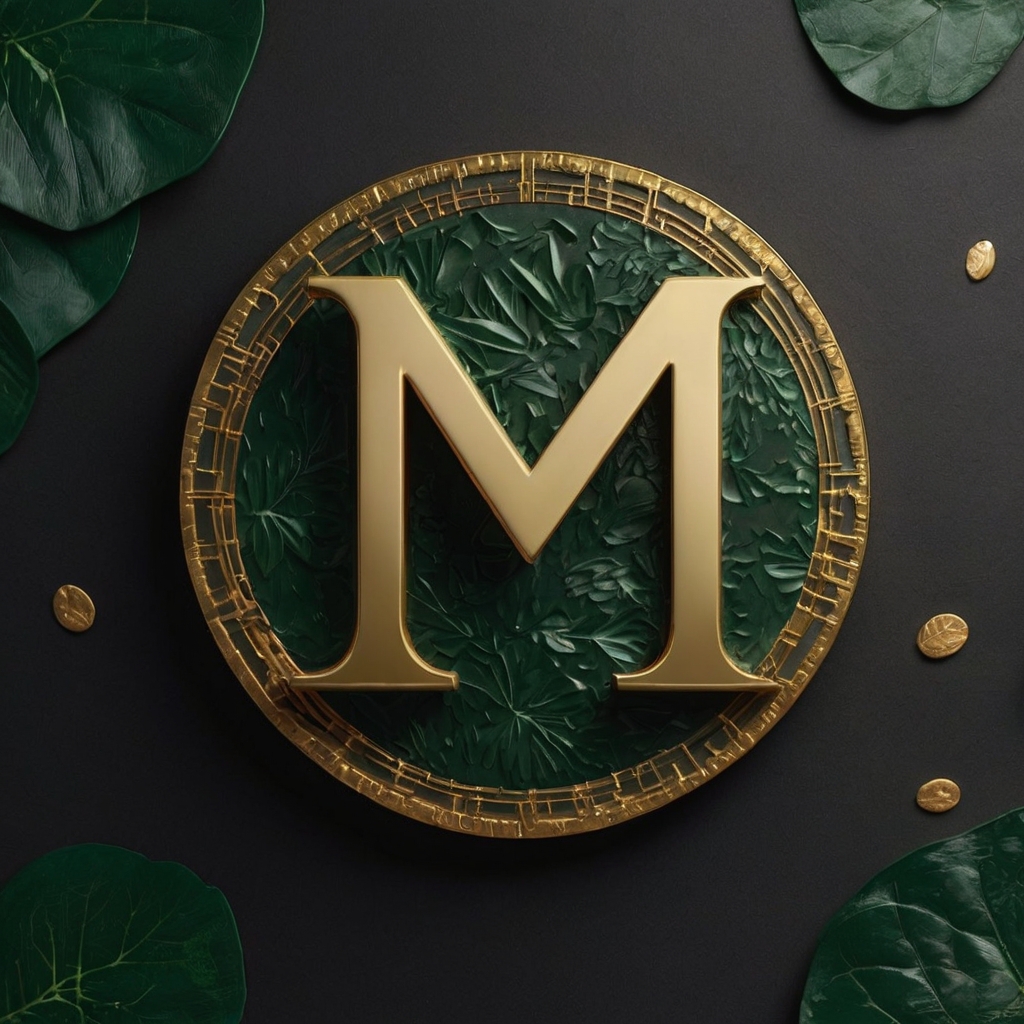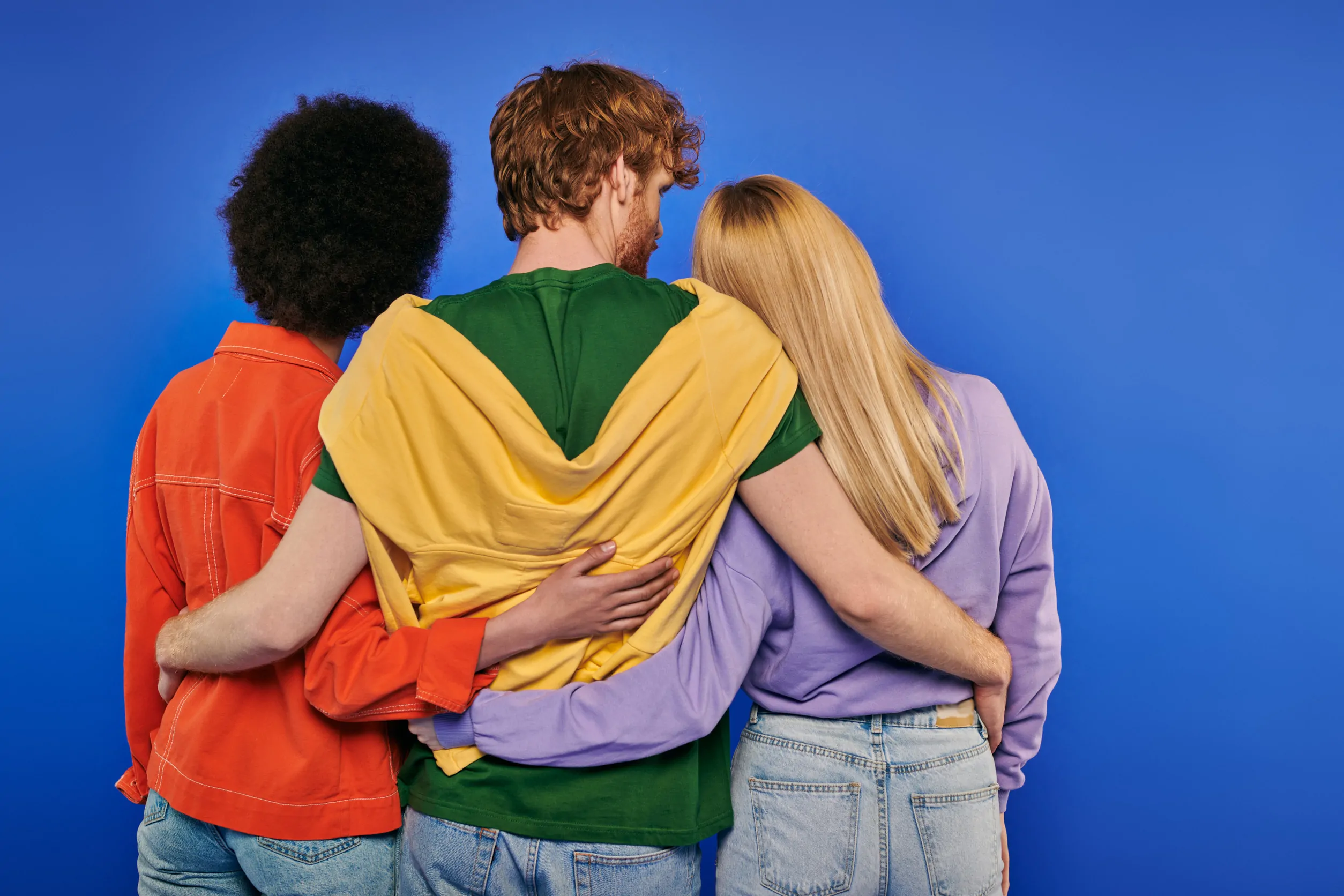

Once upon a time, monogamy was the gold standard—one partner, one lifelong commitment, a clear blueprint for romance. But fast forward to today’s reality: packed schedules, digital overload, and skyrocketing emotional burnout. With more people feeling drained and disconnected, some are questioning whether monogamy is still the healthiest or most practical model for modern relationships. Is it sustainable to pour everything into one person when most of us barely have enough energy left for ourselves? That’s the question more couples—and singles—are asking out loud.
1. Emotional Burnout Makes Intimacy Feel Like Another Job
When you’re already maxed out from work, social obligations, and constant mental stimulation, showing up emotionally in a relationship can feel exhausting. What used to be date night becomes one more thing on the to-do list. Emotional burnout doesn’t just kill your motivation—it dulls your ability to connect, communicate, and be present. The emotional labor of maintaining monogamy can feel heavier than ever. This leads some to wonder if diversifying intimacy, like having multiple partners, might actually lighten the emotional load.
2. Monogamy Assumes One Person Can Meet All Needs
Traditional monogamy assumes that your partner will be your lover, best friend, therapist, cheerleader, and roommate—all rolled into one. That’s a lot to ask of anyone, especially during periods of emotional burnout. When both people in a relationship are depleted, unmet needs can breed resentment, disconnection, or boredom. Alternative relationship styles, like polyamory or ethical non-monogamy, offer a framework for meeting different needs through different people. It’s not about being selfish—it’s about being honest about capacity.
3. The Rise of Open Relationships Reflects Cultural Shifts
Open relationships used to be taboo, but today, more couples are exploring them as valid alternatives to monogamy. These arrangements can relieve some emotional pressure by allowing partners to seek connection, joy, or support outside the primary relationship. While not a cure-all for emotional burnout, they offer more flexibility in navigating complex emotional lives. Open communication and trust are key—but so is the understanding that needs fluctuate, and that’s okay. For many, this flexibility feels more aligned with real-life challenges.
4. Technology Is Changing How We Connect and Commit
Dating apps, social media, and instant messaging have rewired how we form and maintain relationships. We’re more connected than ever, yet lonelier and more emotionally fried. This digital overload contributes to emotional burnout and can make long-term monogamy harder to sustain. With so many options just a swipe away, the appeal of putting all your energy into one person starts to feel unrealistic. It’s not about chasing novelty—it’s about preserving emotional energy in a high-noise world.
5. Some People Are Choosing Solo Polyamory
Solo polyamory—the choice to have multiple romantic or sexual partners without merging finances, living spaces, or traditional commitments—is gaining popularity. It allows for intimacy without the weight of conventional relationship structures, especially appealing to people already overwhelmed by life. These relationships are often built on clear boundaries, radical honesty, and mutual respect. For those deep in emotional burnout, solo polyamory offers love and connection without the pressure of managing one big emotional container. It challenges the idea that relationship success depends on exclusivity.
6. Therapy Culture Has Shifted Relationship Expectations
With the growing popularity of therapy and emotional self-awareness, people are more attuned to their own needs—and less likely to stay in relationships that don’t support their mental health. There’s a growing recognition that emotional burnout is a real threat to romantic longevity. As a result, some are opting for relational models that feel more sustainable long term. The focus is shifting from “forever” to “what works right now,” and monogamy isn’t always the answer. Healthy relationships are being redefined in real time.
7. Monogamy Can Still Thrive—But It Requires New Tools
This isn’t a monogamy-bashing session. Many people still find deep joy and stability in long-term, exclusive partnerships. But in the age of emotional burnout, those relationships require more intention, boundaries, and emotional check-ins than ever before. Couples who thrive are often the ones who prioritize rest, mutual support, and personal growth. The key is making sure monogamy is a conscious choice—not an unquestioned default.
8. It’s Not About More Partners—It’s About More Honesty
At the core of all these shifts is a desire for truth: about what we can give, what we need, and how much one person should be expected to provide. Whether someone chooses monogamy, polyamory, or something in between, the most important ingredient is honest communication. Emotional burnout doesn’t mean love is impossible—it just means we need to be more transparent about what we can handle. Letting go of outdated expectations may be the first step to building healthier love in a chaotic world.
Love Isn’t Broken—But Maybe the Blueprint Is
Monogamy isn’t dead, but the idea that it’s the only valid option? That’s fading. In an age of emotional burnout, people are craving relationships that honor their limited energy and emotional capacity. Whether that looks like monogamy with boundaries, open partnerships, or solo love with occasional connection—it all counts. The real question isn’t “Is monogamy outdated?” It’s “Are we brave enough to build love that actually works for who we are today?”
Do you think emotional burnout is changing how we approach relationships? What model of love feels most authentic to you? Let’s talk in the comments.
Read More
5 Times It’s OK to Put Yourself Before Your Relationship
6 Relationship ‘Goals’ That Are Totally Outdated


Drew Blankenship is a former Porsche technician who writes and develops content full-time. He lives in North Carolina, where he enjoys spending time with his wife and two children. While Drew no longer gets his hands dirty modifying Porsches, he still loves motorsport and avidly watches Formula 1.


Leave a Reply